How to Do Your Personal SWOT
(This is the second in a series of articles outlining the process I created to take myself from a 23-year-old from an impoverished childhood with limited professional prospects to a multi award-winning advocate and executive recognized as one of San Diego’s 500 Most Influential People. I hope you find this as useful as I did.)
On August 15th, I published an article titled How I Did My Career Pivot…and Changed My Life in which I outlined the first five steps in my Strategic Career Planning: A 10-Step Guide to Realizing Your Potential program.
As a reminder, those five steps were:
- Assessment
- Find Your Motivation
- It’s All About the Angles
- Find a Niche
- Consult a Trusted Friend
When we left off, we were ready to begin our Strengths, Weaknesses, Opportunities and Threats analysis, generally known by the acronym SWOT, to prepare for writing our personal Vision, Mission, and Values Statements.
Personal SWOT Analysis
For those who work in the business world, you will recognize SWOT as a tool that is frequently used in the strategic planning process for organizations. In the world of Strategic Career Planning, we apply the SWOT methodology to assess you as an individual at this moment.
Truth be told, when I began this process in 2001, I lacked formal education and business experience, so I didn’t even know what a SWOT was. I simply asked myself: What am I good at? What am I not good at? What opportunities exist for me if I were to make the right professional, educational, and personal decisions, and what threats exist that could prevent me from capitalizing on those opportunities? Years later I learned about the SWOT analysis and coopted the term.
Let’s begin with some definitions:
Strengths and weaknesses look at the internal environment (you):
Strengths – Internal positive aspects that are under your control and that you can capitalize on with the right decisions and action
Weaknesses – Internal negative aspects that are under your control and that you can mitigate or improve upon with some additional effort
Opportunities and threats look at the external environment:
Opportunities – Positive external conditions that you may not be able to control, but that you can use to your advantage through informed decisions
Threats – Negative external conditions that you may not be able to control, but that you can lessen or mitigate through informed decisions
In order to complete the SWOT, an honest self-assessment and introspection is key. Hint: This is not the moment to flatter yourself with an outsized opinion of your abilities that is disconnected from reality. Below you will find a basic SWOT diagram to help with this exercise.

STRENGTHS
You have strengths. What are they? If you are having a hard time, ask your mom, your spouse (current, not former), and certain good friends. Some people are genetically or temperamentally programmed to be always prepared to lift you up with compliments about your character and abilities.
Here are some examples of strengths that may appear on your list:
- Work experience
- Education, including value-added features such as minors or focus areas
- Strong technical knowledge within your field (e.g. in the computer space, you may have knowledge about hardware, software, programming languages)
- Specific transferable skills (e.g., communication, teamwork, leadership skills)
- Personal characteristics (e.g., strong work ethic, self-discipline, ability to work under pressure, creativity, optimism, or a high level of energy, street smarts)
- Good contacts/successful networking
- Interaction or membership with professional organizations
WEAKNESSES
You also have weaknesses. What are they? In contrast to our exploration of strengths, if you are having a hard time thinking of some, ask your dad or your “other” friends – you know the ones. Some people are genetically or temperamentally programmed to be immediately ready with a laundry list of criticisms. If you are married, spouses, especially those of the ex or former variety, are a particularly informed source who can provide a long list of your weaknesses. Heck, they may already have them written down somewhere! Don’t take offense – take them to heart.
Here are some examples of weaknesses that may appear on your list:
- Lack of work experience
- Lack of education/training, low GPA or wrong major
- Lack of goals, lack of self-knowledge, lack of specific job knowledge
- Weak technical knowledge
- Weak skills (leadership, interpersonal, communication, teamwork)
- Weak job-hunting skills
- Negative personal characteristics (e.g., poor work ethic, lack of discipline, lack of motivation, indecisiveness, procrastination, shyness, too emotional)
Now that we’ve looked at the internal environment (you), let’s consider your external environment.
OPPORTUNITIES
Opportunities exist for you in the world. Some opportunities may not be readily apparent, so this may require some additional research online. Here are some examples of opportunities that may appear on your list:
- Positive trends in your field that will create more jobs (e.g., growth, globalization, technological advances)
- Opportunities you could have in the field by enhancing your education
- Field is particularly in need of your set of skills
- Opportunities you could have through greater self-knowledge, more specific job goals
- Opportunities for advancement in your field
- Opportunities for professional development in your field
- Career path you’ve chosen provides unique opportunities
- Geography
- Strong personal or professional network
THREATS
There may also be threats in your external environment that could place obstacles in your way. Here are some examples of threats that may appear on your list:
- Negative trends in your field that diminish jobs (downsizing, obsolescence)
- Competition from your cohort of college graduates
- Competitors with superior skills, experience, or knowledge
- Competitors with better job-hunting skills than you
- Competitors who went to schools with better reputations
- Obstacles in your way (e.g., lack of the advanced education/training you need to take advantage of opportunities)
- Limited advancement in your field, advancement is cut-throat and competitive
- Limited professional development in your field, so it’s hard to stay marketable
- Companies are not hiring people with your major/degree
When I completed my SWOT analysis back in 2001, I used the first five steps of the program – assessment of personal experiences, motivations, perspectives, identification of a niche, and recommendations from my consultant (my grandfather, W.H. Mensching) – to complete it.
Here’s an abbreviated version of the results:
I had certain strengths that had emerged over the course of my life and my early professional career, including intelligence, work ethic, confidence, and leadership ability. But I also had some very clear weaknesses as well, like arrogance (still working on that – but when you got it, you got it, am I right?), trouble taking criticism, lack of study skills, and procrastination, to name but a few. Some of my weaknesses were only recognized by me after making countless errors.
When it came to recognizing opportunities, I knew I wanted to leave Emergency Medical Services (EMS) and saw a huge opportunity in health policy. I correctly predicted that it would come to a head in the 2008 presidential election based on the timeline for the aging of the Baby Boomer population. I also knew that there were threats ahead of me and that breaking into politics would be difficult given my lack of pedigree and numerous other challenges.
By completing a SWOT analysis, we become acutely aware of our starting point and allow ourselves to have ownership of our current position in life. It allows us to begin imagining the twists and turns that will be necessary to take ourselves from where we are to where we want to be.
Before we get into writing goals and the plans to achieve those goals, it’s important to clearly define who we will be in our future (our Vision), what we will do each and every day to get there (our Mission), and the deeply held qualities, traits, or rules that we will adhere to as we pursue this bright future (our Values).
Stay tuned for our next article in which we will learn how to write our Vision, Mission and Values Statements.
If you would like to be guided through this process individually or in a small group, please reach out to me at aaron@galvanizedstrategies.com or on LinkedIn.




